7 Questions with Adam Green
Dexter Wimberly interviews Adam Green, Founder, Adam Green Art Advisory, and Hayama Artist Residency 2024 Selection Committee Member.
1. How did you become an art advisor, and what drew you to the profession?
After working at Christie's for nearly a decade, I established Adam Green Art Advisory in 2016. I became an art advisor because I wanted to collaborate with passionate collectors to help thoughtfully grow their collections. While each of my clients has a unique collecting mission, working with them entails navigating the expansive and oftentimes opaque art world to focus on acquiring investment quality art that also resonates with them aesthetically. After identifying artists that fit well in their collections, we leverage our relationships with galleries to have an opportunity to acquire artworks on their wish lists.
2. What qualifications or experiences do you believe are essential for someone in your role?
In addition to being very knowledgeable about art, I believe it is important to have experience in all aspects of transactions and collection management. My company is a full-service advisory and we wear many hats, ranging from structuring complex acquisitions to helping establish non-profit foundations for our clients. And from time to time, when an issue arises, it is through the many years of experience that we are able to navigate through them or avoid them entirely in the first place. I also think it is integral to establish and maintain strong relationships with galleries, in particular on the primary market where oftentimes demand for an artist's work greatly exceeds supply. Navigating the art world in the long-term is built largely on relationships and without those you won't be successful.
3. What advice would you give to someone new to art collecting, regardless of their budget?
The first piece of advice I would offer is to try to look at as much art as possible in person. While the proliferation of Instagram serves as an important discovery tool for collectors, experiencing art in person is how one can most effectively develop their eye. I would also recommend connecting with others in the art world and learning about their collecting journeys. And of course, consider working with an art advisor whose taste and goals complement your own. I strongly believe we not only help our clients more efficiently navigate the art world, but we also help avoid downfalls, often costly ones, that beginning collectors generally take years to figure out on their own.
4. How has the role of an art advisor evolved with the rise of digital art and online sales?
Consuming art on a digital platform, such as Instagram, has made it incredibly efficient to monitor exhibitions and buying opportunities around the world. Additionally, social media functions as a great tool to discover emerging artists. While it is most ideal to be able to see an artwork in person before acquiring it, in many instances that isn't possible. Ideally, a collector will have seen a work by the artist in person, and have researched the artist thoroughly, so when an acquisition opportunity does arise, they can make a fast and confident decision.
5. What has been one of the most rewarding experiences in your career as an art advisor?
The most rewarding aspect of being an art advisor is working closely with my clients to grow their collections into something special that they love living with and in the process supporting artists that they are excited about. Also, while I don't generally work with artists directly, it is incredibly meaningful to help artists' careers through a variety of ways including facilitating museum acquisitions, organizing exhibitions at clients' foundations and having meaningful conversations with them about their careers and navigating the art world.
6. How do you continue to educate yourself about the ever-evolving art world?
The most important way I continue to educate myself is to see as much art in person as possible. This helps sharpen my eye and formulate stronger opinions about an artist's work. Also, on a regular basis, I speak with clients, other collectors, galleries, auction houses and artists about the latest happenings in the art world. One of the ways I do this is through a weekly podcast I host, the ArtTactic Podcast, in which I conduct exclusive interviews with art world insiders about a variety of aspects of the art world.
7. Why does art matter to you, and why do you think it's important?
I remember growing up as a child and being dragged to museums by my parents. Relative to my siblings, I disliked it the least. I guess it stuck! Looking back now, I realize how important that exposure was as it opened my eyes to different cultures and geographies. I think art is incredibly important because it functions as a snapshot in time, a mirror to society, visually recording the happenings in our culture. Artists are incredibly brave because they often address important topics that the broader society isn't ready to discuss. Ultimately, art acts as a catalyst for needed change in our culture.
Photo Credit: Mara Amanda Berce

